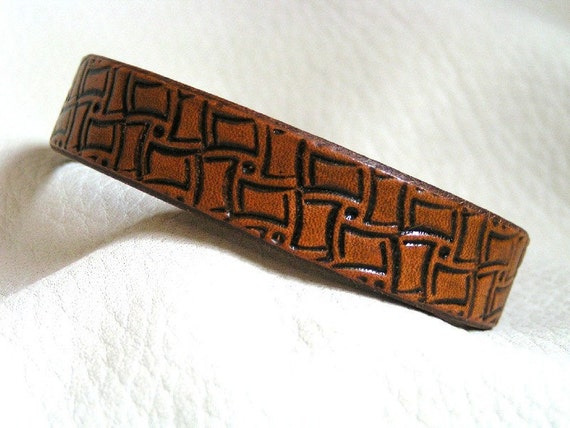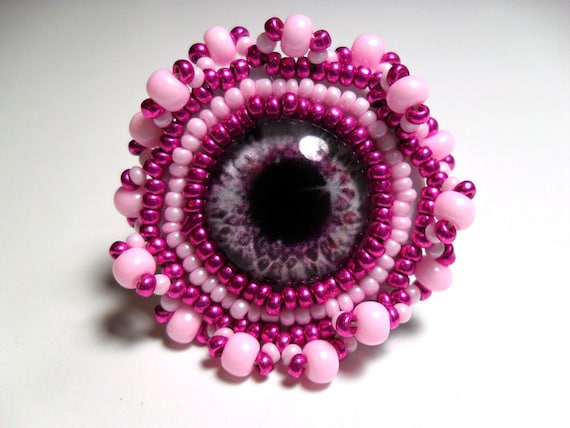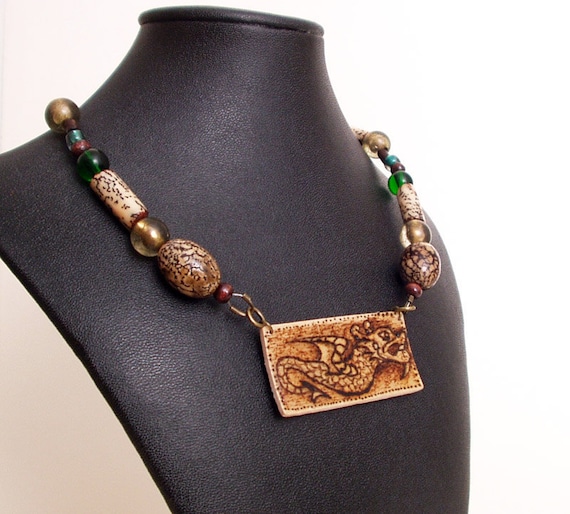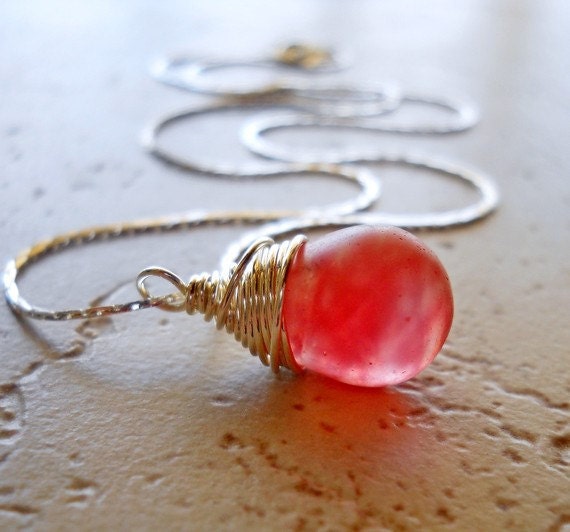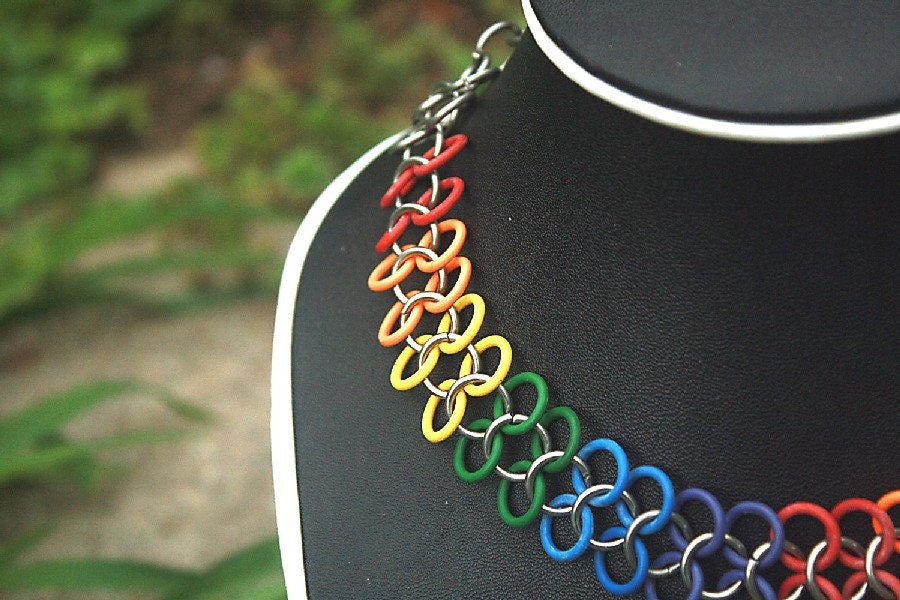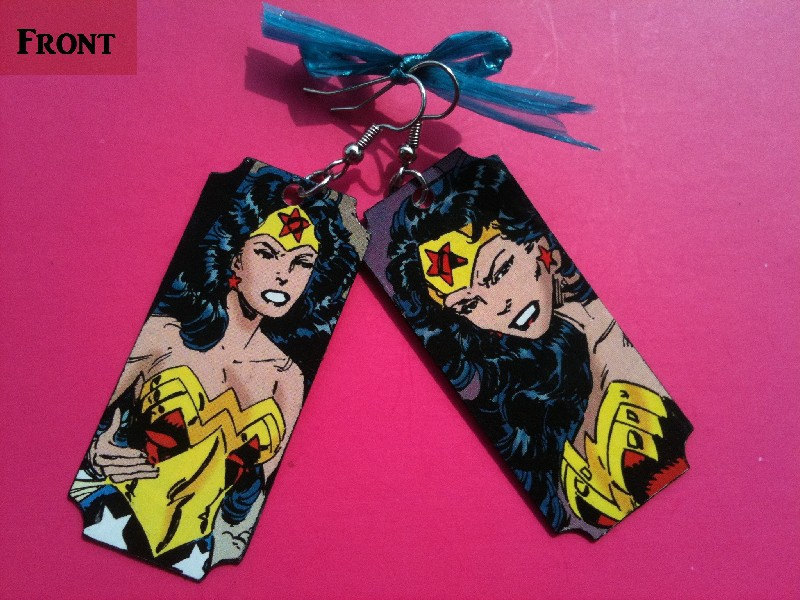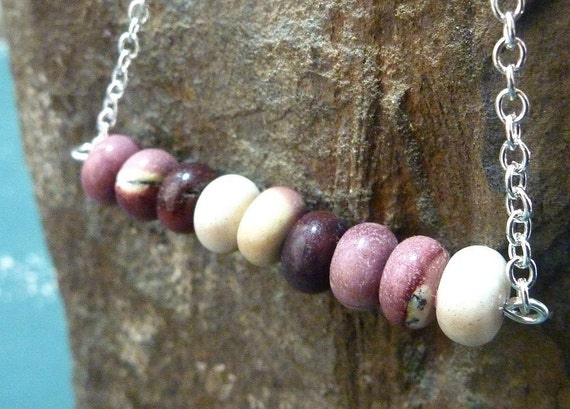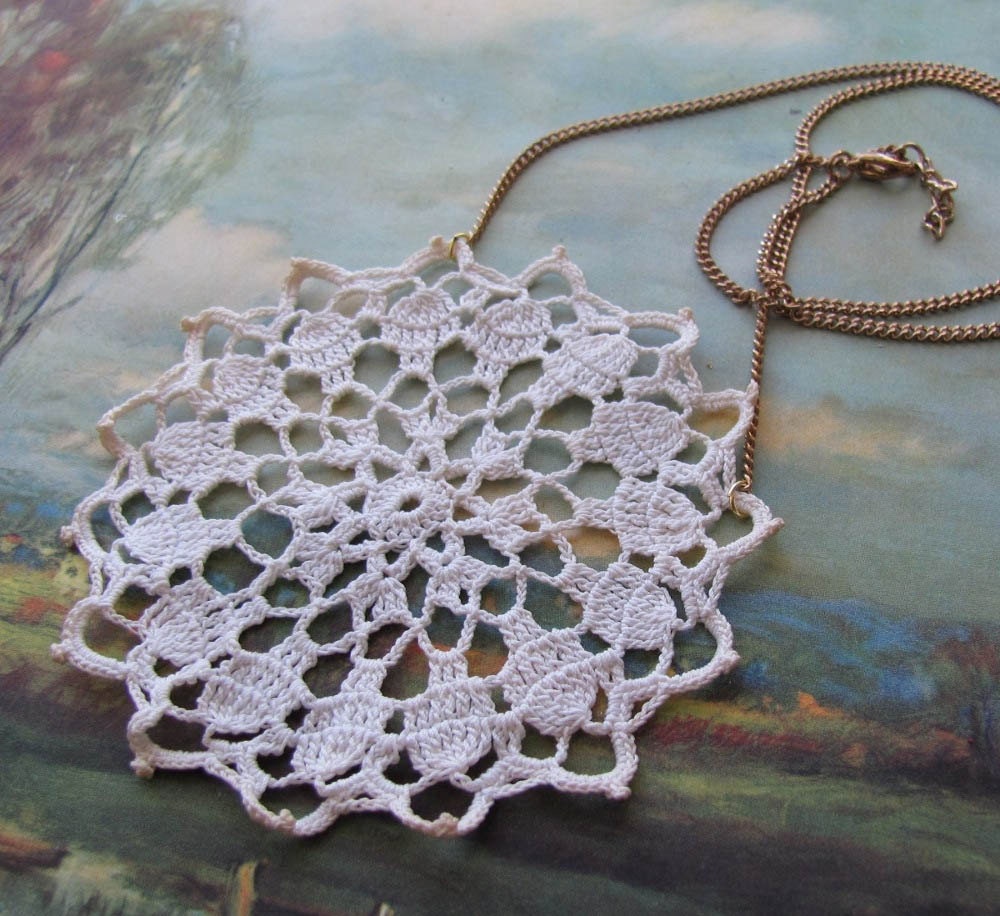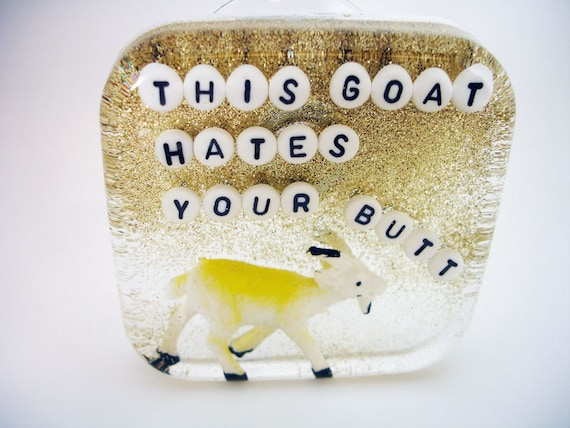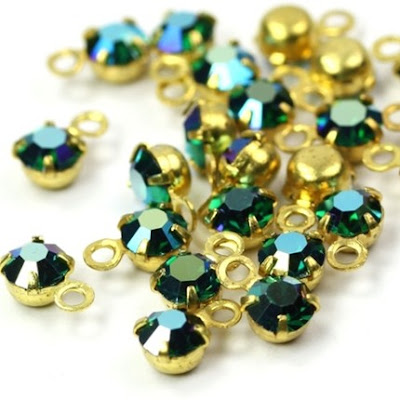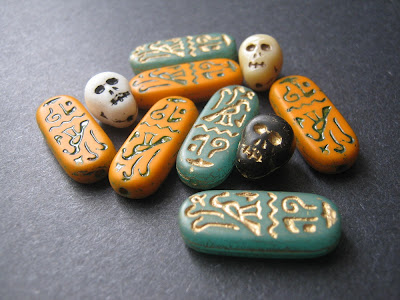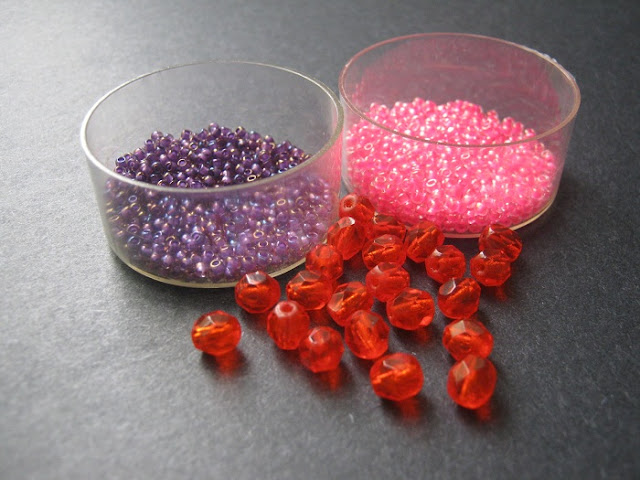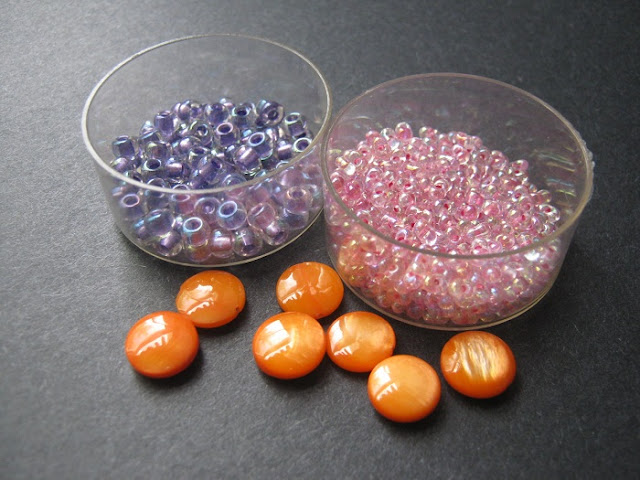
I was recently rummaging through my sewing box, searching for some rarely used beading component when I stumbled across a hidden treasure - a little baggie filled with all of my first attempts at peyote stitch. I can’t remember why I decided to keep all of these swatches and store them in their own little spot, but I’m certainly glad I did. It was wonderful to look back at that clumsy beadwork, and see how far I’ve come.
When we first learn bead weaving techniques, and they don’t turn out as nice as the designs in the instructions, it can be discouraging. Most stitches are very simple, and it seems as though it should be easy enough to make the beads do what we want. It’s only with practice that we can develop the skill needed to really master a technique. Little things like holding the needle correctly, thread placement and tension can make a huge difference, and the more we work at it, the more natural the process becomes.
Technically speaking, peyote stitch is one of the simplest bead weaving stitches out there. Pick up one, skip one, stitch through one, repeat. It sounds easy, but anyone who has ever attempted it knows that it doesn’t usually come out right the first time. And even when we get the steps down, it still takes practice to get perfectly even peyote stitch.
I’ve covered the basics of
flat, even-count peyote before, but today I want to go over some of the tips and tricks that I’ve picked up over the years, which can help beginners learning peyote to go from frustration to triumph.
Choosing Beads

Everyone who teaches beading will have a different opinion about which beads are best for learning peyote stitch. Perfectly uniform
Delica seed beads are a favorite, and because they are about as long as they are wide, they lock together neatly, and make it easier to weave evenly. Unfortunately, standard sized Delicas are also tiny, and this can make them hard to work with.
Larger beads, like 8/o’s or 4 mm cubes might seem more ideal, because they are easy to see and there’s lots of room to needle through. However, because the bead holes are so large, they leave a lot of room for the thread to move around. If the beads are not ‘gripping’ the thread, this creates tension problems. If you’ve ever had the third row of peyote stitch go twisted and floppy while you’re weaving, you know what I mean.
I actually recommend regular old 11/o Japanese round seed beads for starting out with peyote. The length of seed beads can vary depending on the finish or batch, so those that are a bit longer are ideal. Flatter, bagel shaped seed beads - similar to Czech seed beads - are a little harder to work with, and don’t lock together as nicely for this stitch.





If you have access to them, Miyuki round seed beads are excellent for peyote. Alternatively, 1.5 mm cube beads are just the right size, and their boxy shape makes peyote stitch a little easier. They aren’t always as uniform as round seed beads, so you might need to cull them as you work.
Choosing Threads
There are lots of different beading threads out there, and everyone has their favorites. The one you choose to work with will depend on your own preferences as a beader, and the type of designs you like to make. Threads like Nymo are versatile and inexpensive, and make for very supple beadwork, so it’s no wonder they are a favorite.
If, however, you are trying to learn peyote stitch, and find that keeping the first few rows even is like torture, a switch to braided fishing line might turn things around. Threads like
Fireline and Powerpro are stiff and more plastic in nature - they don‘t spring back to their original shape quite as easily. When you weave with them, they take on the shape of the stitch and hold together really well. For peyote stitch, this can make all the difference, especially when working those tricky first rows.

Mixing Beads
Peyote is one of the best techniques to work freeform, using a variety of bead colors, shapes and sizes. However, if you’re trying to learn the basics of peyote stitch, it’s best to stick with one type of bead, preferably from the same batch. Slight variations in the size and shape of beads can significantly alter the look of peyote stitch. For practice, it’s much more encouraging if you work with the best materials that you can, which will give you better results.
In this rainbow peyote sample, you can see how the slight differences in bead shape and size effect the look of the beadwork. These are all 11/o seed beads, most of them Japanese, many from the same manufacturer.
Practice Makes Perfect
Working the first three rows of peyote stitch is the most difficult. Tension and control over the beads are important to make a strong base for the following rows. If you are already proficient with the concept of peyote - pick up one, skip one, weave through one - the starting rows might be a little easier.

To practice peyote without those first rows, you can work a strip off of another type of beadwork. Any flat stitch with a row of picots on the edge will work as a starter for peyote, as will
basic right angle weave. I got most of my peyote stitch practice by adding peyote bails to embroidered medallions with picot edging.
Two-drop peyote can also provide a less stressful way to learn peyote. The doubled beads are easier to work with, especially in the first three rows. You get a strong base that isn’t as prone to twisting and curling, so you can move on to practicing tension and find your own peyote stitch groove.
Are you a master at peyote stitch? What helped you to learn this classic beading technique?
Copyright 2011
Inspirational Beading
Subscribe to Inspirational Beading
Get inspired on
Facebook



